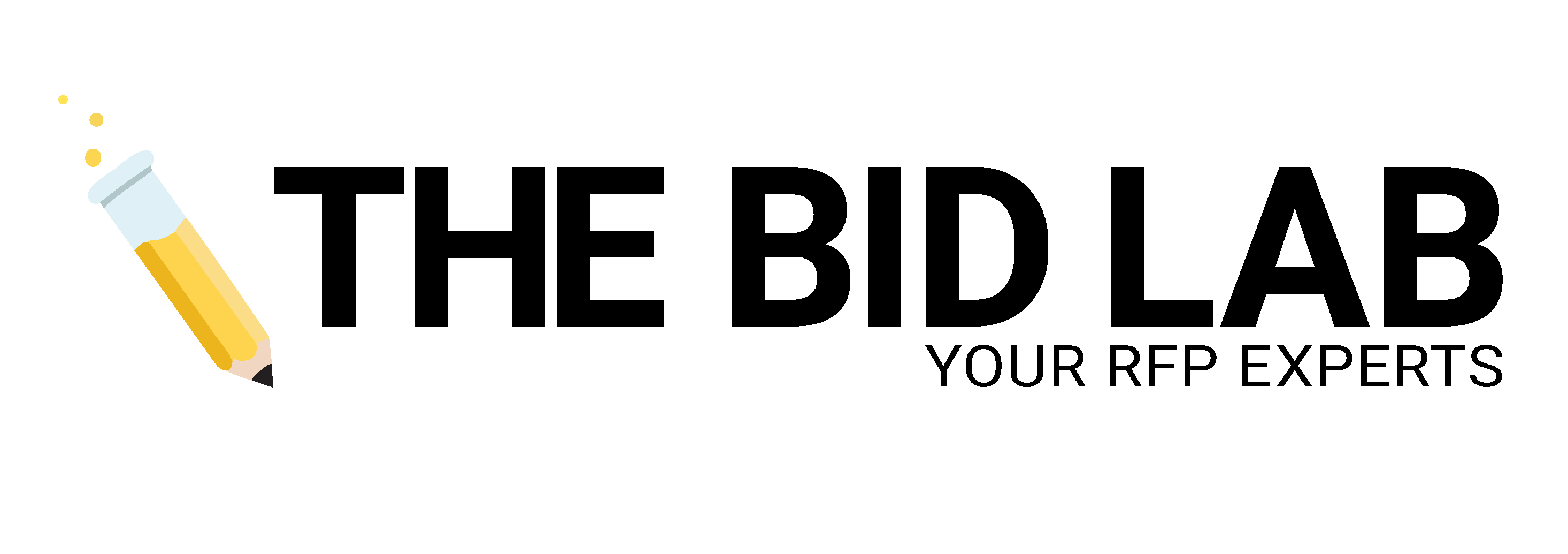How To Design A Beautiful Request For Proposal or Bid


Post Written By Maurice Harary, Forbes Councils Member
When you think of RFPs (requests for proposal), the words “presentation” and “style” may not be the first to come to mind. Many people don’t realize that effective visual design can make the difference between a winning and losing proposal. I speak from experience. Our company was told by a bid evaluator that our bid was the best looking one in the pile, and that was one of the main reasons why we won!
A beautifully designed RFP tells the reviewer that you not only put thought and effort into your proposal but that you are also organized and professional. An attractive bid helps engage your prospective client and elevates your proposal above its competition. Beauty may be in the eye of the beholder, but I believe there are a few tips everyone can use to make their RFP responses more appealing and, subsequently, more successful.
Clarity
Especially when designing professional RFP documents, less is more. The style elements of an effective RFP — its layout, visual aids, color palettes, etc. — are not there for their own sake, but added thoughtfully in order to clarify your message. Don’t simply add images to take up space or color to add interest — use images and colors to highlight key areas and emphasize important points.
A study found that presentations with visual aids are 43% more effective in persuading their audience compared with those without visual aids. In an increasingly competitive RFP landscape, this leg-up is simply too valuable to ignore.
Consistency
Pay special attention and ensure that colors, fonts, spacing, page breaks and other formatting choices are uniform throughout your RFP. This will increase the readability and flow of your document and satisfy people’s natural preference for recognizable patterns.
Leave beautiful chaos to Jackson Pollock and focus instead on consistent formatting, colors that work well together, and restrained graphics.
Creativity
Always make sure you’re well within the RFP guidelines, but, as long as you are, don’t be afraid to add a little panache to your document. Infographics, for example, are an excellent way to convey complex information concisely while demonstrating your firm’s creative expertise at the same time. This is your opportunity to apply the old adage of “show, don’t tell” to your proposal. Adding charts, graphs and images helps get your message across more clearly while flexing your creative and technical faculties. Evaluators on the other side of the RFP process value creativity because it demonstrates a solid understanding of the subject matter as well as out-of-the-box thinking.
Consideration
User-experience-based design isn’t only for websites. Successful proposals consider how the reader will consume the document and add design elements accordingly to promote readability and comprehension. This translates to effectively anticipating potential evaluators’ pain points.
Do you think they may get bogged down by the content of a particular section? If yes, then use a visual graphic, for example, to break up the text and ensure your message is being conveyed clearly.
Especially for those with longer RFP responses, put yourself in the shoes of the evaluator. Think about how you would feel after reading seven other proposal responses in black and white, and then reading yours with a splash of color and compelling imagery. It will make you stand out, if not win.
Beautiful design, while important, is not the be-all and end-all. RFP compliance and your organization’s messaging remain the top priority, but ignoring visual elements can handicap an otherwise winning proposal. The goal is to combine effective style and comprehensive content to boost your chance of success.
Forbes Article Link: How To Design A Beautiful Request For Proposal or Bid
